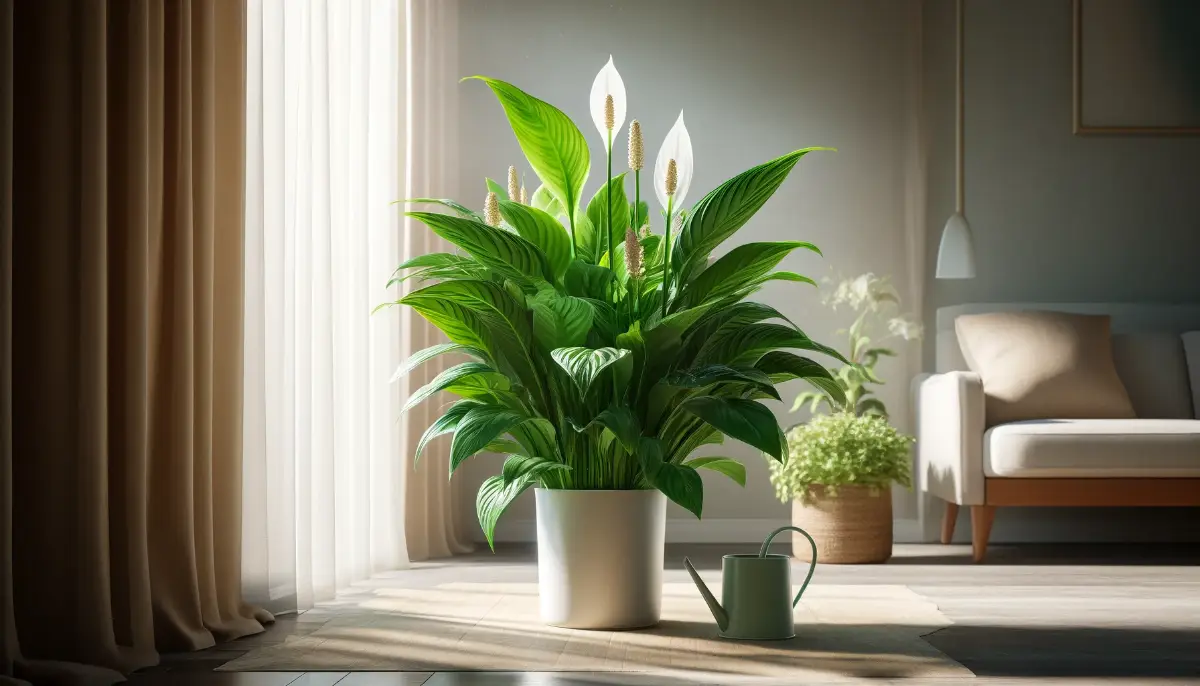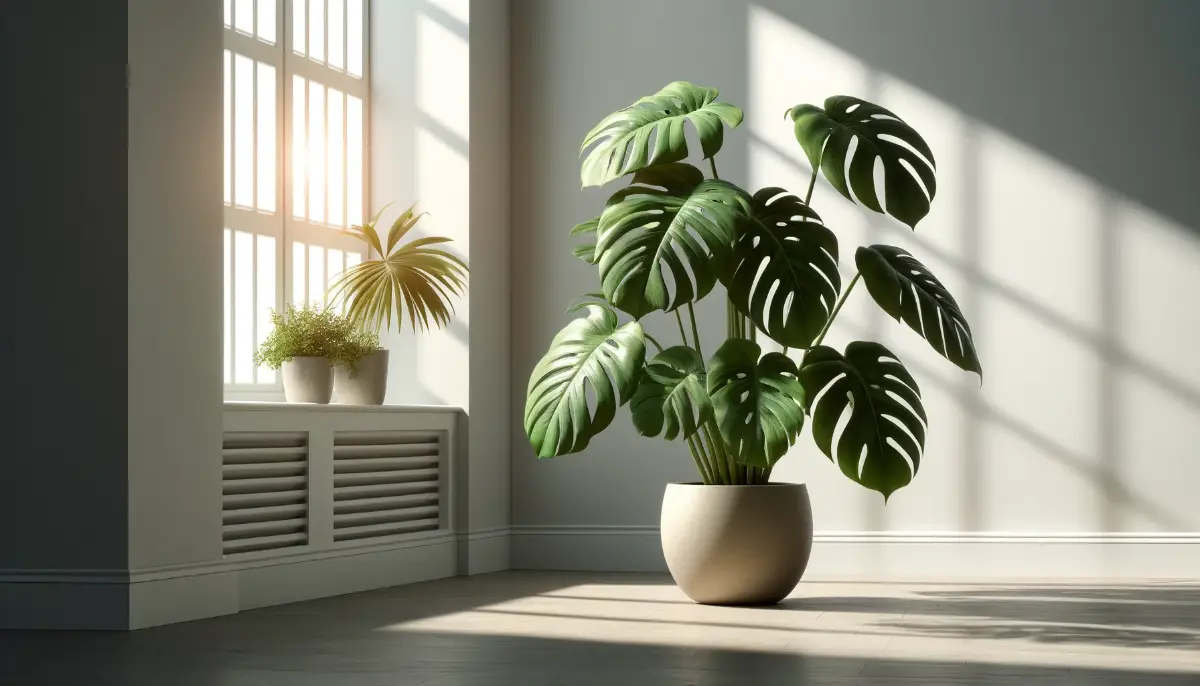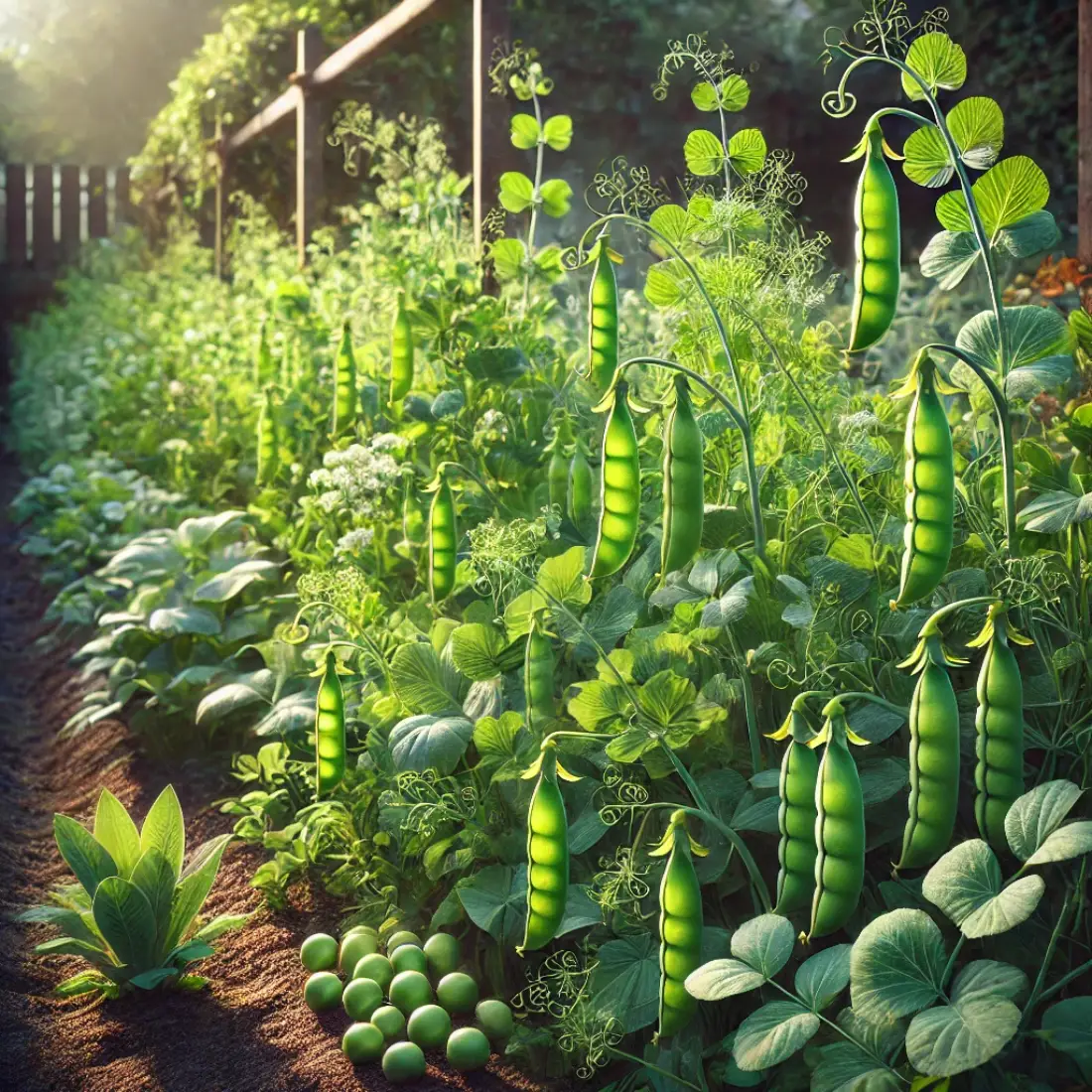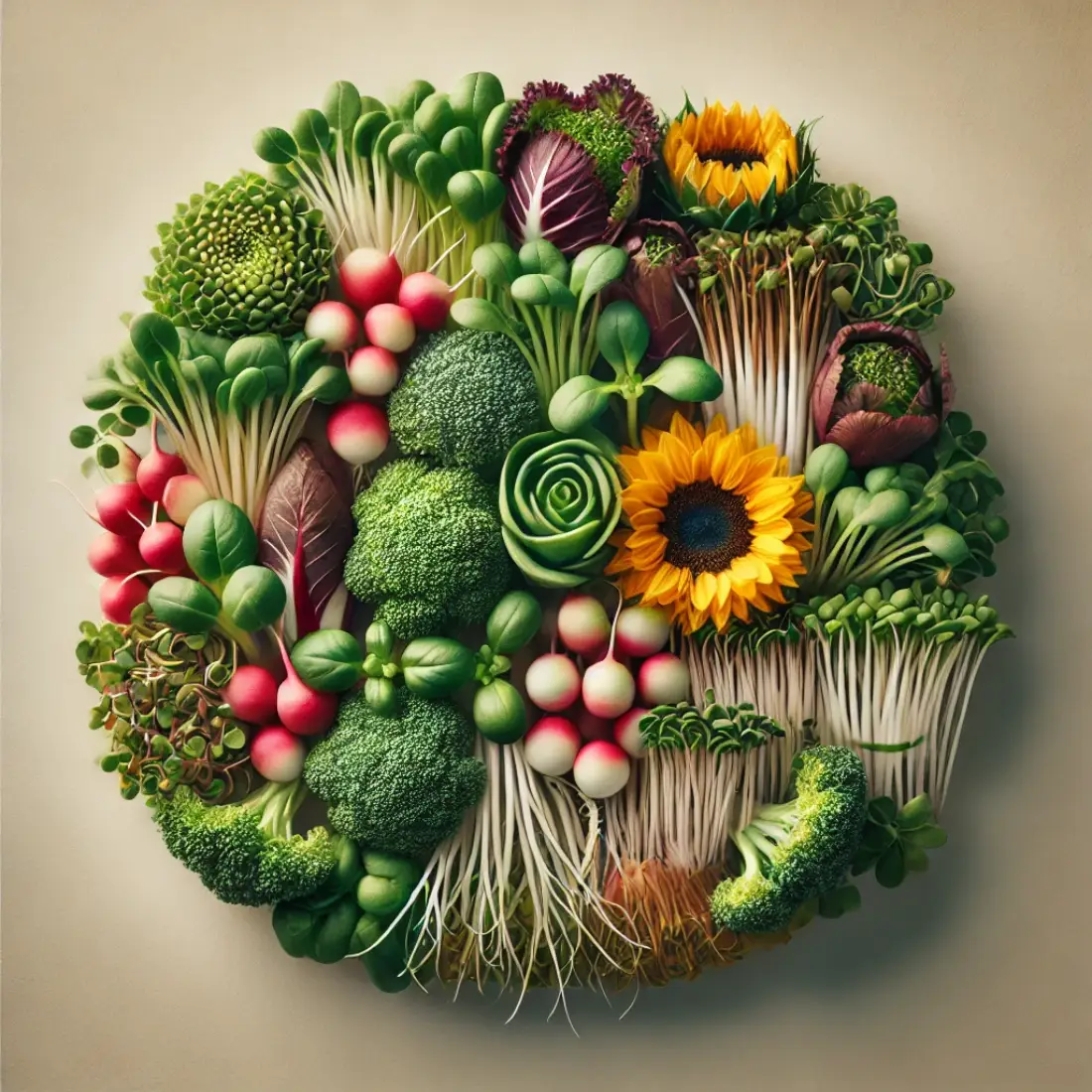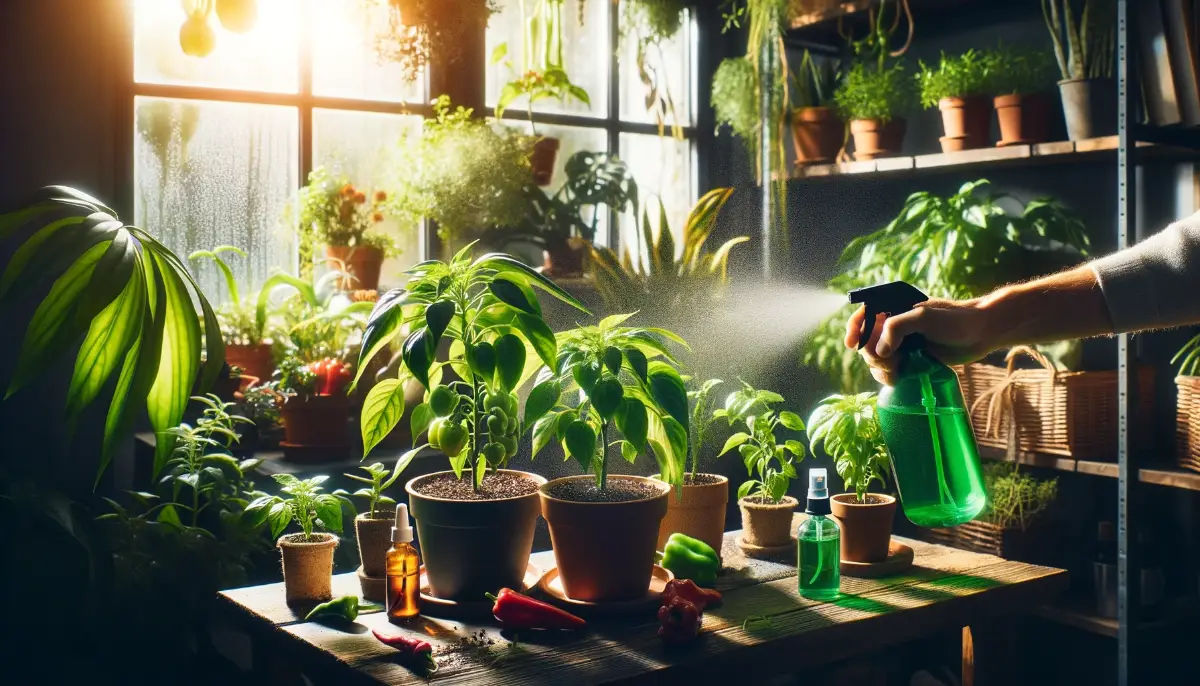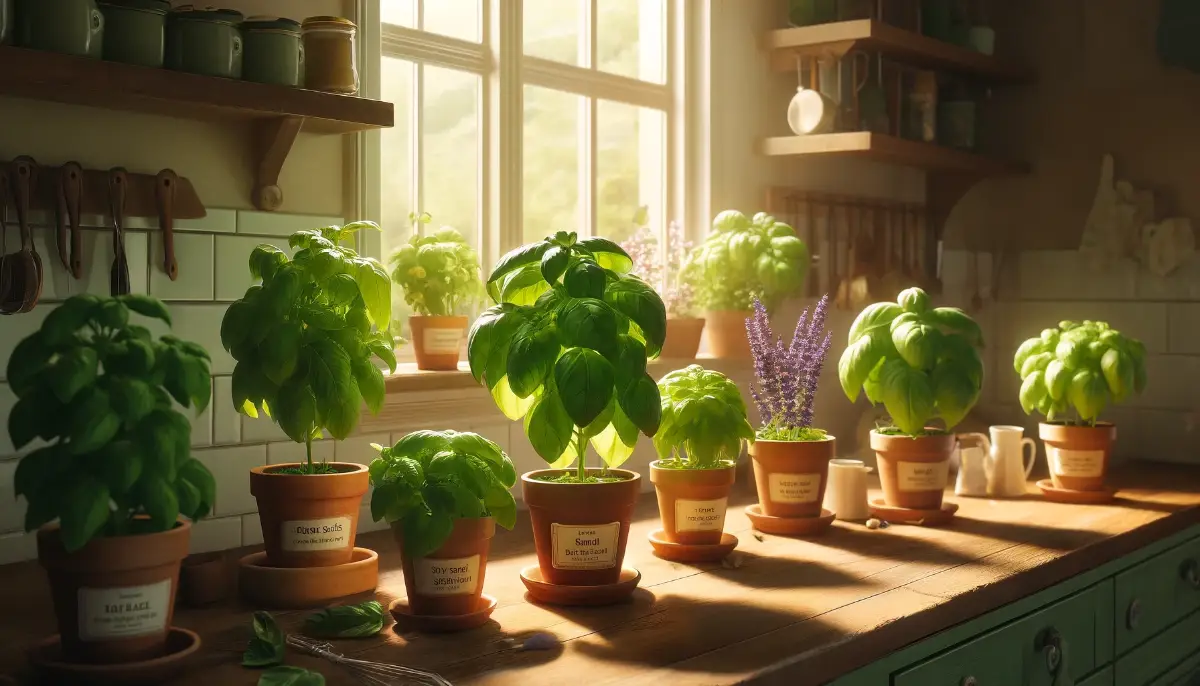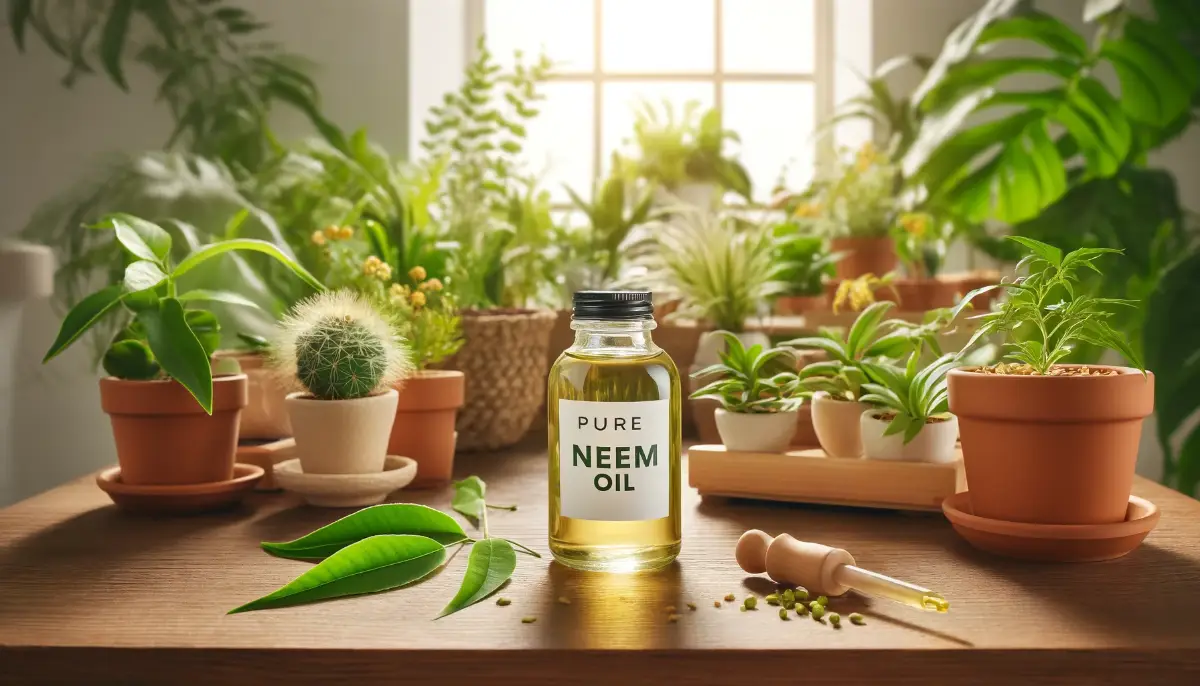Organic indoor gardening is more than a hobby—it’s a way to create a healthier, greener, and more vibrant living environment. By growing easy-to-care-for plants, vegetables, and fruits, you can improve your home’s air quality, boost your well-being, and even enjoy fresh organic produce year-round.
This guide will help you dive into the rewarding world of organic indoor gardening, focusing on beginner-friendly plants, vegetables, and fruits. You’ll also learn essential tips for maintaining a thriving indoor garden using organic methods.
- Discover how organic indoor gardening can transform your home into a lush, healthy oasis.
- Learn about the top easy-care plants, vegetables, and fruits for indoor spaces.
- Maximize plant health with organic fertilizers, proper watering, and lighting techniques.
- Manage pests and optimize growing conditions with eco-friendly solutions.
What is Organic Indoor Gardening?
Organic indoor gardening focuses on growing plants, vegetables, and fruits indoors without synthetic chemicals or fertilizers. Instead, it uses natural methods to promote healthy plant growth.
The benefits of this approach go beyond aesthetics:
- Air Quality: Many plants naturally filter toxins from the air.
- Mental Health: Caring for plants has been linked to reduced stress and anxiety.
- Sustainability: Growing your own produce reduces dependence on store-bought goods.
By incorporating organic practices, you ensure that your indoor garden is safe for you, your family, and the environment.
Top 5 Easy-Care Plants for Organic Indoor Gardening
If you’re just starting out, these easy-care houseplants are perfect for creating a lush indoor space:
1. Peace Lily
The elegant Peace Lily is known for its striking white blooms and air-purifying qualities. It thrives in moderate light and is forgiving of occasional overwatering. However, it’s toxic to pets, so place it out of their reach.
Care Tips:
- Light: Prefers bright, indirect sunlight.
- Water: Water when the top inch of soil feels dry.
2. Monstera Deliciosa
Nicknamed the “Swiss Cheese Plant,” Monstera Deliciosa adds an exotic vibe to any room. Its large, hole-filled leaves make it a popular choice among plant lovers.
Care Tips:
- Light: Bright, indirect sunlight is ideal.
- Water: Allow the top inch of soil to dry out between waterings.
3. Snake Plant
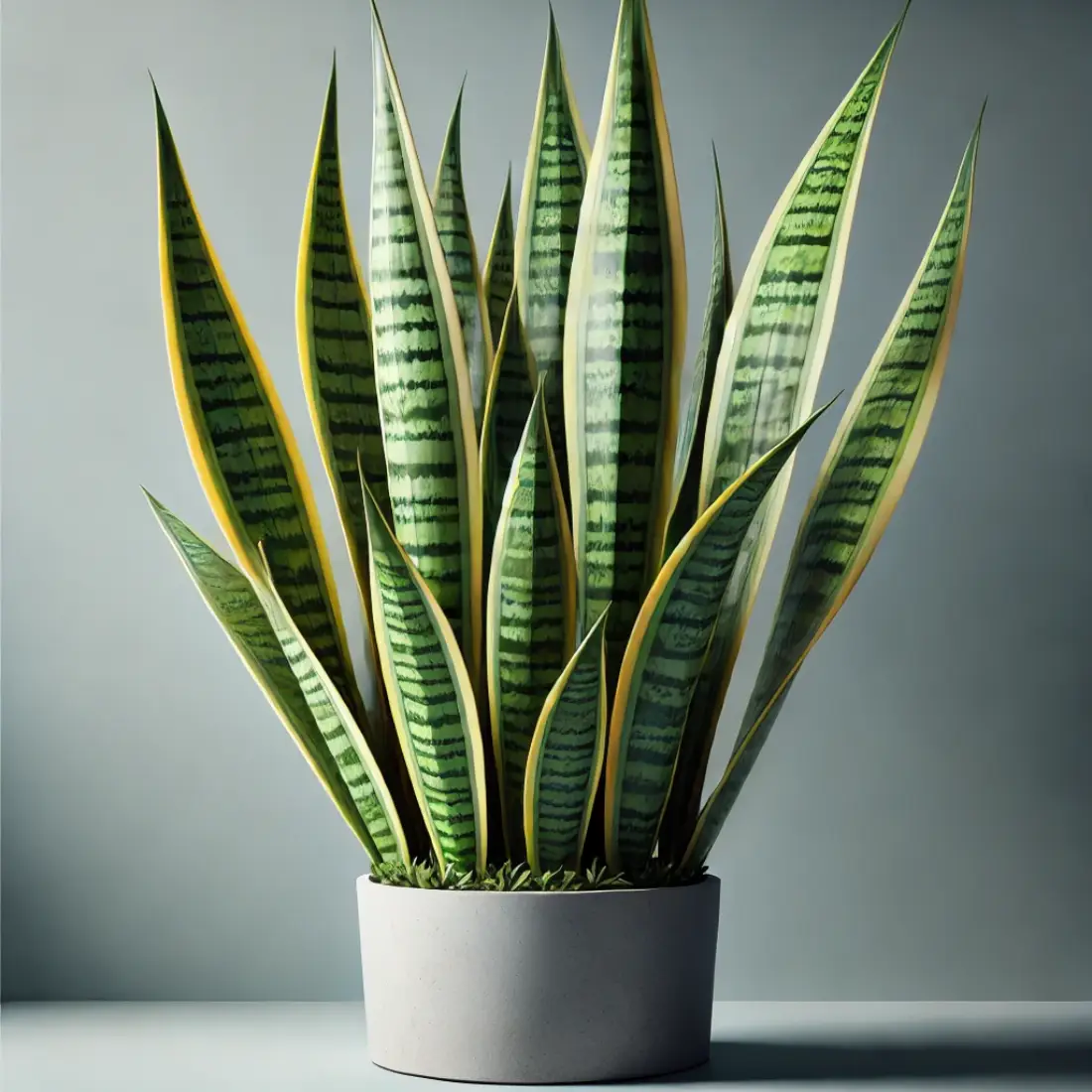
The Snake Plant, also known as “Mother-in-Law’s Tongue,” is a champion of air purification and thrives on neglect. This hardy plant is perfect for beginners.
Care Tips:
- Light: Tolerates low to bright light.
- Water: Water sparingly—overwatering can lead to root rot.
4. Jade Plant
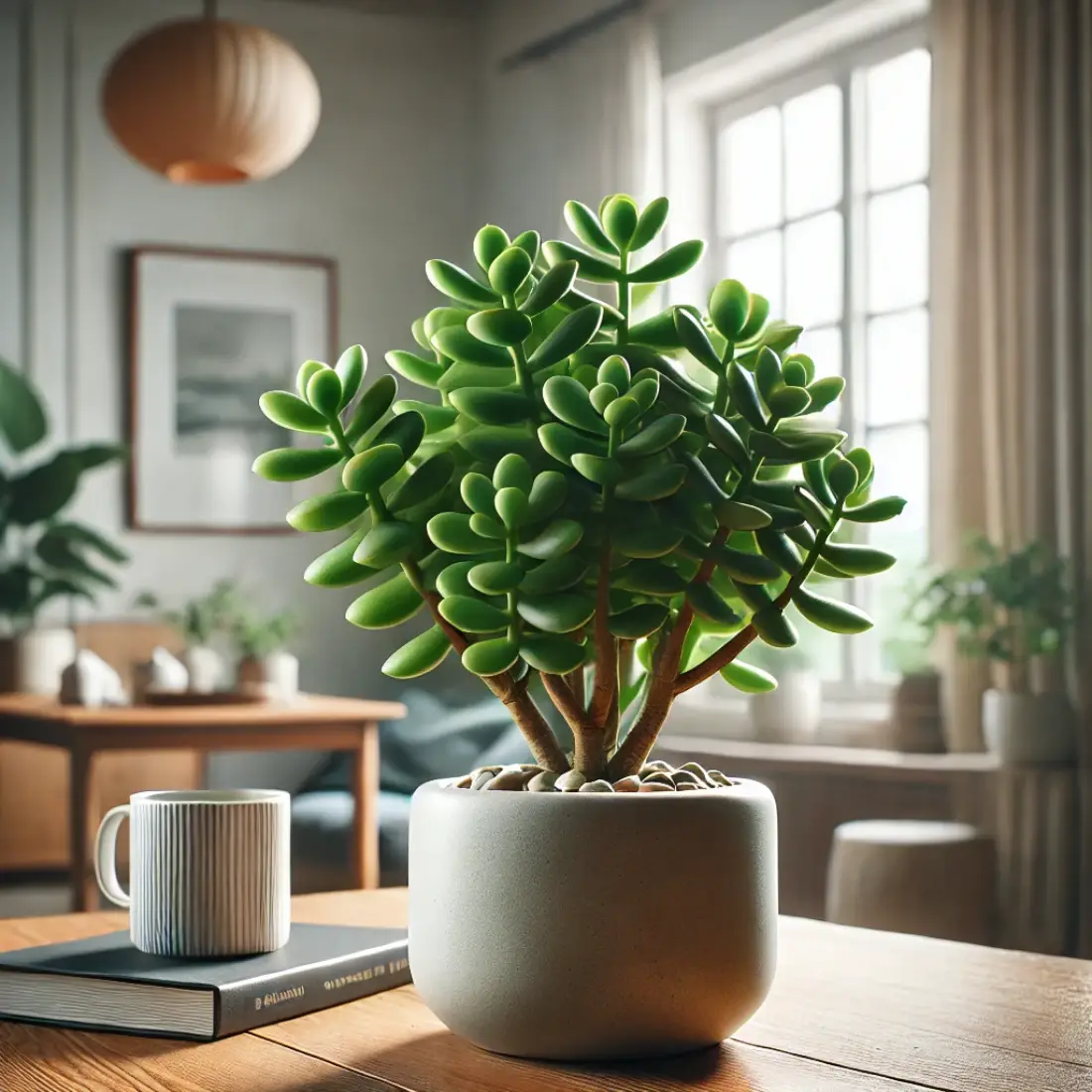
The Jade Plant is a succulent that symbolizes good fortune. Its thick, glossy leaves store water, making it ideal for those who may forget to water regularly.
Care Tips:
- Light: Thrives in bright sunlight.
- Water: Water when the soil is completely dry.
5. Asparagus Fern
With its soft, feathery foliage, the Asparagus Fern adds a touch of elegance to your indoor garden. It prefers humid conditions, making it a great choice for bathrooms or kitchens.
Care Tips:
- Light: Bright, indirect sunlight.
- Water: Keep the soil consistently moist.
Top 6 Vegetables for Organic Indoor Gardening
Growing vegetables indoors is both convenient and rewarding. Here are the best options for a successful indoor vegetable garden:
1. Garlic Greens
Growing garlic bulbs indoors can be tricky, but garlic greens are an easy and flavorful alternative.
Care Tips:
- Container: Use a small 6-inch pot.
- Harvest: Greens are ready in just two weeks.
2. Spinach
Spinach is perfect for cooler climates and doesn’t require intense sunlight, making it ideal for indoor gardening.
Care Tips:
- Container: Use a deep container with good drainage.
- Harvest: Baby leaves can be picked within weeks.
3. Peas
Indoor peas can yield both edible shoots and pods. They require a bit of space and some support for climbing.
Care Tips:
- Light: Ensure 6-8 hours of sunlight daily.
- Support: Use a trellis or stakes for growth.
4. Microgreens
Microgreens are nutrient-packed and grow quickly, making them a favorite for beginner gardeners.
Care Tips:
- Container: Use a shallow tray.
- Harvest: Ready to harvest in 2-3 weeks.
5. Hot Peppers
Hot peppers are a fun and colorful addition to your garden. With enough sunlight and warmth, they’ll reward you with spicy fruits.
Care Tips:
- Light: Place in a sunny window or under grow lights.
- Water: Keep the soil slightly moist.
6. Basil
Basil is an essential herb for any indoor garden. It’s easy to grow and adds a burst of flavor to countless dishes.
Care Tips:
- Light: Prefers bright sunlight or grow lights.
- Harvest: Regularly pinch leaves to encourage new growth.
Top 11 Fruits for Organic Indoor Gardening
Fruits are a fantastic way to enhance your indoor gardening experience. These options are well-suited for indoor growth:
- Raspberries: Compact varieties thrive in pots with proper care.
- Figs: Low-maintenance and pest-resistant.
- Strawberries: Perfect for vertical gardens or hanging pots.
- Mulberries: Adaptable to various conditions, including indoors.
- Avocado: Choose self-pollinating varieties like ‘Day.’
- Calamondin Orange: Produces fragrant blooms and fruits year-round.
- Coffee Plant: Attractive and rewarding, especially for coffee lovers.
- Dwarf Pomegranate: Compact and produces small, edible fruits.
- Kumquat: A tart citrus fruit that’s easy to grow indoors.
- Lemon and Lime Trees: Varieties like ‘Meyer’ and Persian limes are excellent choices.
- Miracle Berry: A unique plant that alters your taste perception, making sour foods taste sweet.
How to Create a Thriving Organic Indoor Garden
Use Organic Soil and Fertilizers: Opt for high-quality organic soil enriched with compost or worm castings. Organic fertilizers like fish emulsion or compost tea provide essential nutrients without harmful chemicals.
Optimize Lighting: Natural light is crucial for most plants. Place your garden near south- or east-facing windows. For low-light spaces, invest in grow lights to supplement sunlight.
Water Wisely: Overwatering is one of the most common mistakes. Check soil moisture regularly and water only when necessary.
Manage Humidity: Tropical plants thrive in humid environments. Use a humidifier or mist plants regularly to maintain adequate moisture levels.
Prevent Pests Naturally: Pests like aphids and spider mites can harm indoor plants. Use natural remedies like neem oil, insecticidal soap, or companion planting to deter pests.
FAQs for Organic Indoor Gardening
How often should I water my indoor plants?
Watering frequency depends on the plant type, but a general rule is to water when the top inch of soil is dry.
What are the best organic fertilizers for indoor plants?
Compost tea, fish emulsion, and worm castings are excellent organic fertilizers.
Can all indoor plants be grown organically?
Yes, most indoor plants can thrive organically with the right care and materials.
How can I increase humidity for my indoor plants?
Mist plants daily or use a pebble tray and humidifier to maintain a higher humidity level.


